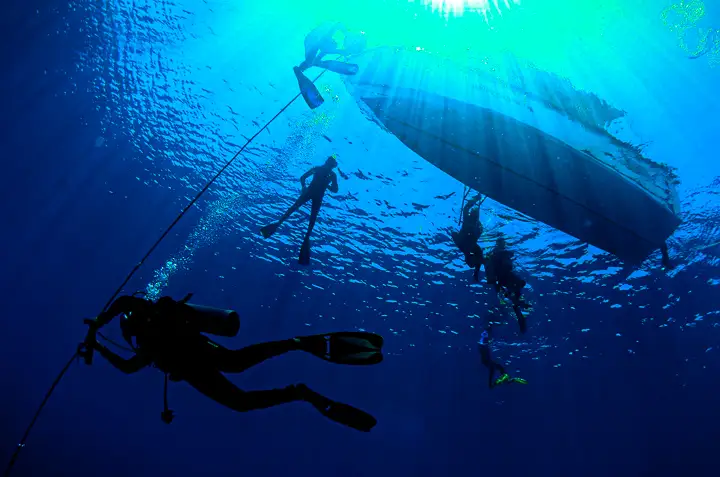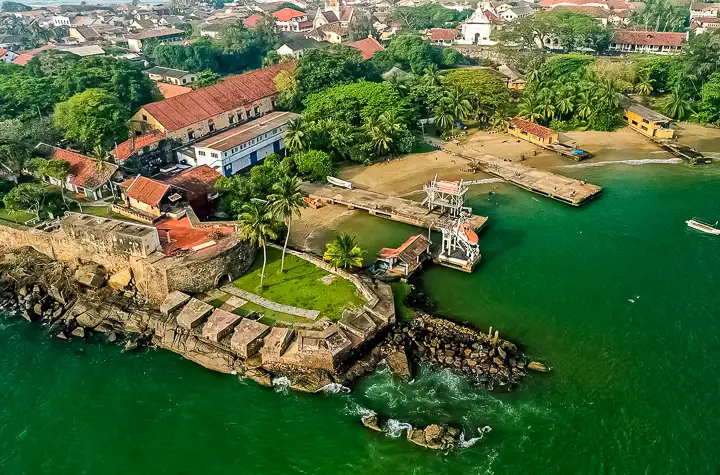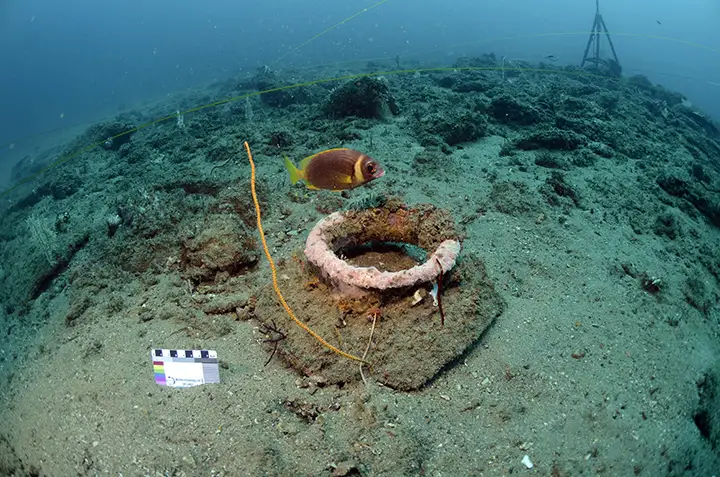Underwater Cultural Heritage
Preserving and exploring Sri Lanka's maritime history

National Shipwreck Database of Sri Lanka
A comprehensive digital resource documenting 109 wreck sites around Sri Lanka, including 103 shipwrecks and six aircraft remains. The database provides detailed information on each site's name, history, depth, and legal status.
Learn More
Maritime Archaeology Unit
The Maritime Archaeology Unit (MAU) was established in 2001 in Galle under the Central Cultural Fund to research, document, and preserve Sri Lanka's underwater cultural heritage through scientific exploration and conservation.
Visit Website
MuserQR
MuseQR is a digital platform that unlocks stories behind museum artifacts. Discover remarkable finds from maritime archaeological excavations of the last three decades at the Maritime Archaeology Museum.
Explore MuserQR


